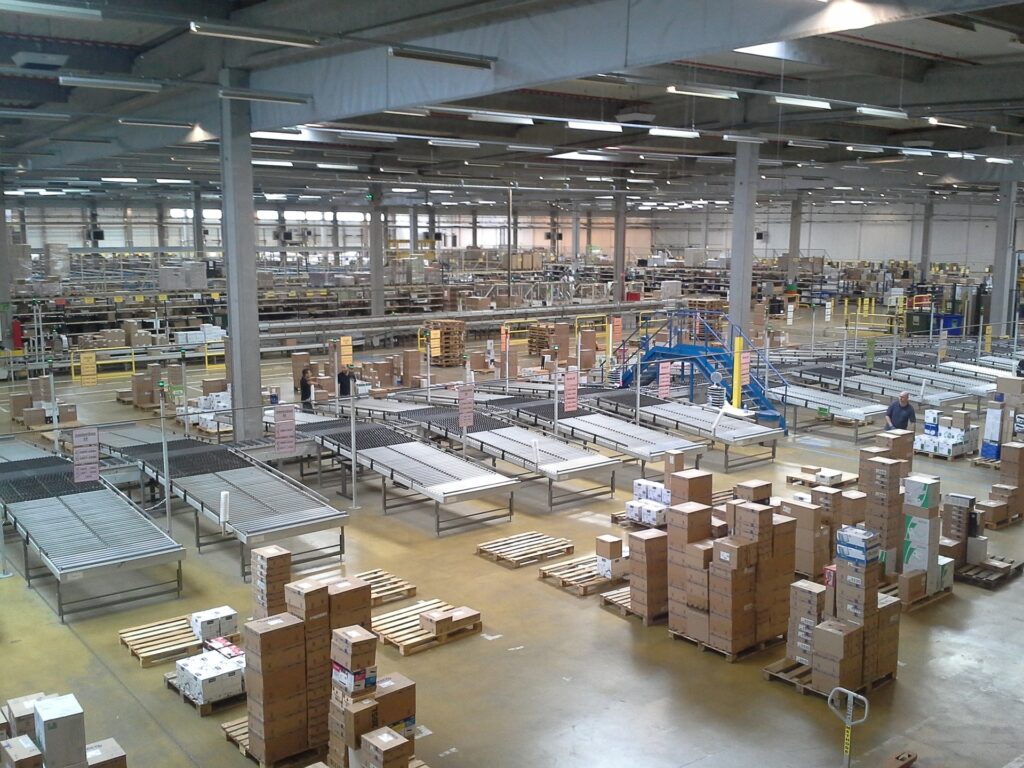Your APS can be used to decide when giving up selling product line A given that you are introducing a new product line (B) which
improves A and will be sold to A customers at a higher price than A. So, for how long are you going to sell the A products after B products’ launch?
Well, this kind of decisions must be related to the obsoletes’ value at the end of A sales and the relative cost of going on manufacturing A products to avoid
shortenings before the phase-out date. An handy approach for this purpose using your APS is preparing a set of possible phase-out dates and running your computing
engine for each date and at each step remember to cancel the independent demand for A product beyond the phase-out date and to smooth away safety stock not to have
undesired stocks at the end of A sales. The KPIs to evaluate each scenario could be the value of unbound stock of A products at the end of the planning horizon
and the workload or future expense generated by A products planned orders.
Currently browsing: Uncategorized

Schedule a product line phase-out

Make and don’t buy
I’ve been asked this question several times: what can we push to finished product warehouse using only materials and components that
we already have in house? This question may arise for different reasons: late supplies, problems with paying suppliers, will to consume
certain types of materials. In any case it’s not trivial to solve this problem in an optimal way and it’s not feasible to solve it in a satisfying
way with usual production planning software. An approach that is easy to follow with Cowry for a sub-optimal but good solution is this: create
forecast records for one piece for every finished product beside current customer orders, run MRP, fully peg the forecast records and mark the ones not linked (directly or indirectly)
to purchase orders, increase these forecast records by a predefined amount and run again mrp and pegging until there is no increasable forecast record.
At the end of the process you’ll get the list of forecast records deliverable with in house material.
Of course this approach could be refined considering capacity constraints using the finite capacity features of Cowry or your APS’.

Finite and infinite capacity planning
Somebody thinks that infinite capacity planning is just a limit of production planning software and its heuristics. At the contrary it has much sense.
Infinite capacity planning is for verifying the extra capacity requirements and only checking this we can decide to add internal capacity, buy outside
capacity or shift loads in time, maybe accepting delivery delays. So finite capacity planning/scheduling should always follow infinite capacity planning/scheduling.
Some APS packages, like Cowry, allow the users to combine finite and infinite capacity planning setting different constraints for different departments.
For example it is possible to plan upstream shops at finite capacity and downstream ones at infinite capacity, then adjusting capacity for the downstream
shop and finally calculate a single plan with both the
upstream and downstream shops at finite capacity.

